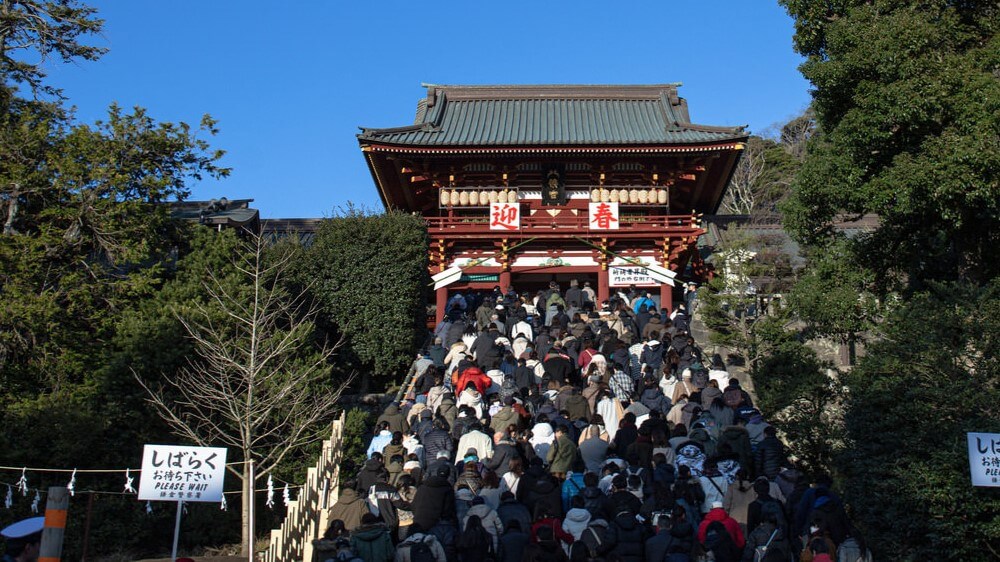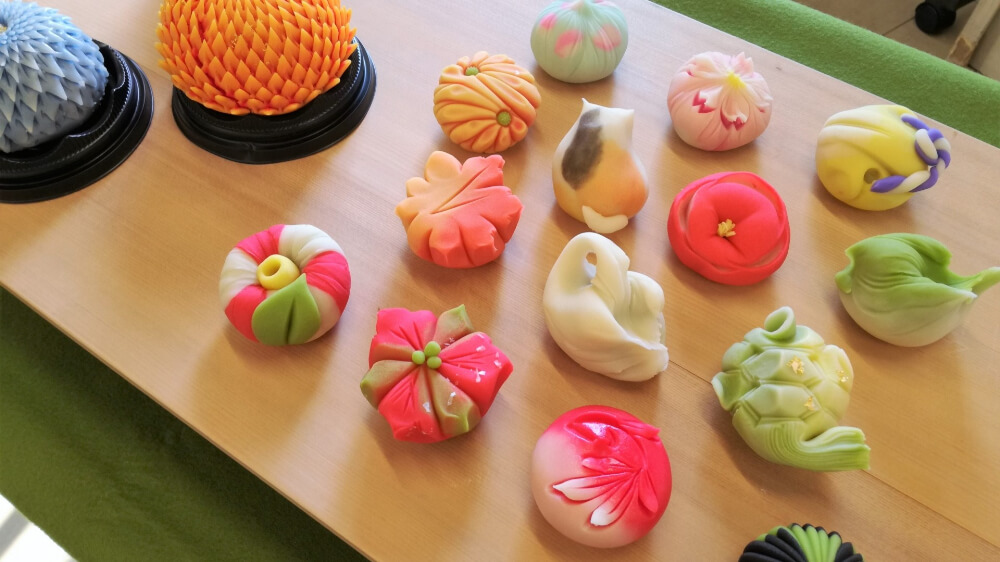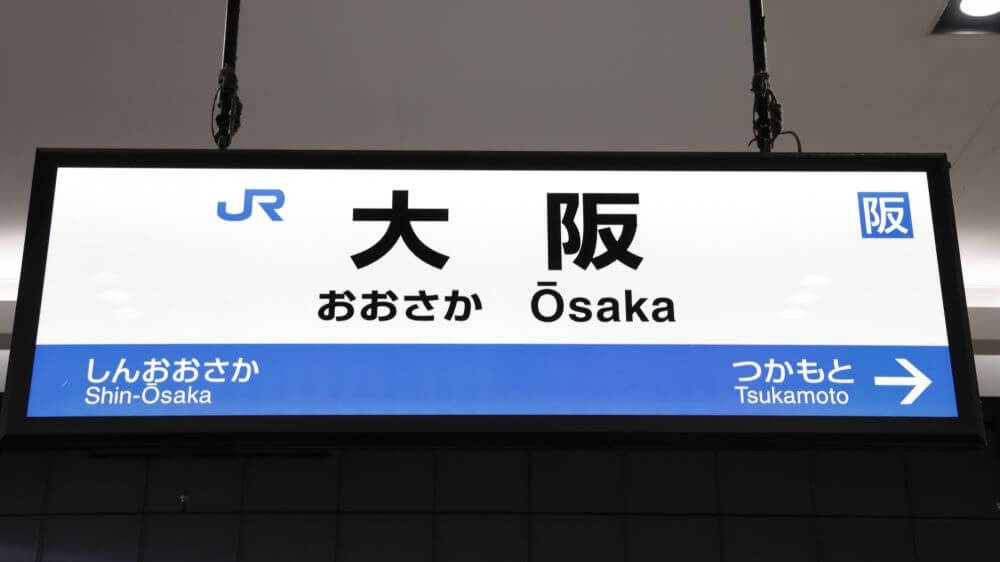The New Year is a special time for Japanese people to spend with family and friends. One such tradition is hatsumode—the first shrine or temple visit of the year. For Japanese people, this is an essential part of welcoming the New Year. If you’re in Japan during this season, why not join in and experience hatsumode yourself?
This article introduces 17 famous hatsumode destinations in Japan.
- What is Hatsumode?
- Popular Hatsumode Spots
- Meiji Shrine (Tokyo)
- Sensoji Temple (Tokyo)
- Naritasan Shinshoji Temple (Chiba)
- Kawasaki Daishi Temple (Kanagawa)
- Tsurugaoka Hachimangu Shrine (Kanagawa)
- Fushimi Inari Taisha (Kyoto)
- Yasaka Shrine (Kyoto)
- Kitano Tenmangu Shrine (Kyoto)
- Sumiyoshi Taisha Shrine (Osaka)
- Ikuta Shrine (Hyogo)
- Kasuga Taisha Shrine (Nara)
- Hokkaido Jingu Shrine (Hokkaido)
- Atsuta Jingu Shrine (Aichi)
- Ise Jingu Shrine (Mie)
- Dazaifu Tenmangu Shrine (Fukuoka)
- Itsukushima Shrine (Hiroshima)
- Izumo Taisha Shrine (Shimane)
- Things to Note for Hatsumode
What is Hatsumode?
Hatsumode is the Japanese custom of visiting a shrine or temple at the start of the New Year to pray for good fortune and health. Many people visit with family or friends to share their hopes for the year ahead. You might wonder whether to choose a shrine or a temple—either is fine, and you can even visit both!
At shrines or temples, people toss a small offering (osaisen) into a box, make a wish, or draw a fortune slip (omikuji). They may also purchase protective charms (omamori). Major shrines and temples often host special New Year’s events, and the festive atmosphere, complete with food stalls, can feel like a lively festival.
While hatsumode is most commonly done between January 1 and 3, there’s no rule against visiting later in the month. It’s not just a chance to pray but also an excellent way to immerse yourself in Japanese culture. If you’re in Japan in early January, don’t miss this unique opportunity!
Popular Hatsumode Spots
Note: For sites without updated information for 2025, opening hours are based on 2024 schedules. Also please be aware that hours may differ after January 4.
Meiji Shrine (Tokyo)
Located in the heart of Tokyo, Meiji Shrine is one of the most visited hatsumode spots in Japan. Surrounded by lush greenery, creating a unique contrast to the urban environment.
- Visitors: Approx. 3 million
- Address: 1-1 Yoyogi Kamizono-cho, Shibuya, Tokyo
- Access: 2-minute walk from JR Harajuku Station, 7-minute walk from JR Yoyogi Station
- Hours: Jan 1: 00:00-18:30, Jan 2 & 3: 6:40-18:00
Sensoji Temple (Tokyo)
As Tokyo’s oldest temple, Sensoji is famous for its iconic red lantern at Kaminarimon Gate. The surrounding streets of Asakusa are also a historical delight.
- Visitors: Approx. 2.9 million
- Address: 2-3-1 Asakusa, Taito, Tokyo
- Access: 2-minute walk from Tokyo Metro Asakusa Station
- Hours: Jan 1: 00:00-20:00, Jan 2 & 3: 6:30-20:00
Naritasan Shinshoji Temple (Chiba)
Near Narita International Airport, this temple is a well-known hatsumode destination throughout Japan.
- Visitors: Approx. 3 million
- Address: 1 Narita, Narita City, Chiba
- Access: 15-minute walk from JR Narita Station, 15-minute train ride from Narita Airport
- Hours: Open 24 hours
Kawasaki Daishi Temple (Kanagawa)
One of the most renowned temples in the Kanto region, known for its blessings to ward off bad luck.
- Visitors: Approx. 3 million
- Address: 4-48 Daishi-machi, Kawasaki-ku, Kawasaki City, Kanagawa
- Access: 15-minute bus ride from JR Kawasaki Station, 20-minute walk from Keikyu Kawasaki Station
- Hours: Jan 1: 00:00-20:30, Jan 2 & 3: 6:00-18:30
Tsurugaoka Hachimangu Shrine (Kanagawa)
Situated in historic Kamakura, this iconic shrine draws visitors year-round.
- Visitors: Approx. 2.5 million
- Address: 2-1-31 Yukinoshita, Kamakura City, Kanagawa
- Access: 10-minute walk from JR Kamakura Station
- Hours: Open 24 hours
Fushimi Inari Taisha (Kyoto)
Famous for its seemingly endless rows of vibrant red torii gates, Fushimi Inari Taisha is one of Kyoto’s most iconic landmarks.
- Visitors: Approx. 2.5 million
- Address: 68 Yabunouchi-cho, Fushimi-ku, Kyoto City, Kyoto
- Access: 5-minute walk from JR Inari Station; 10-minute walk from Fushimi-Inari Subway Station
- Hours: Open 24 hours
Yasaka Shrine (Kyoto)
Famed for its role in the Gion Festival, Yasaka Shrine hosts a special New Year festival that draws many visitors.
- Visitors: Approx. 1 million
- Address: 625 Gionmachi Kitagawa, Higashiyama-ku, Kyoto City, Kyoto
- Access: 10-minute walk from Keihan Gion-Shijo Station
- Hours: Open 24 hours
Kitano Tenmangu Shrine (Kyoto)
Kitano Tenmangu Shrine, dedicated to the god of learning, is especially popular with students. During the New Year, it is bustling with visitors praying for academic success.
- Visitors: Approx. 500,000
- Address: 1-1-1 Bakurocho, Kamigyo Ward, Kyoto City
- Access: 25 minutes by bus from JR Kyoto Station, 15 minutes by bus from Subway Kita-Oji Station
- Opening Hours: Jan 1: 00:00-20:30, Jan 2 & 3: 06:00-19:30
Sumiyoshi Taisha Shrine (Osaka)
Sumiyoshi Taisha is the head shrine of approximately 2,300 Sumiyoshi shrines nationwide. Many people visit for prayers related to business prosperity and traffic safety.
- Visitors: Approx. 2.3 million
- Address: 2-9-89 Sumiyoshi, Sumiyoshi Ward, Osaka City
- Access: 3-minute walk from Nankai Electric Railway Sumiyoshi Taisha Station
- Opening Hours: Jan 1: 00:00-20:00, Jan 2 & 3: 06:00-19:00
Ikuta Shrine (Hyogo)
Located in the centre of Kobe, Ikuta Shrine is known as a place for love and matchmaking prayers.
- Visitors: Approx. 700,000
- Address: 1-2-1 Ikutacho, Chuo Ward, Kobe City, Hyogo
- Access: 10-minute walk from JR Sannomiya Station
- Opening Hours: Jan 1: 00:00-22:45, Jan 2 & 3: 07:00-21:45
Kasuga Taisha Shrine (Nara)
Kasuga Taisha, located within Nara Park, is a shrine rich in mythology and history. It is registered as a UNESCO World Heritage Site.
- Visitors: Approx. 1 million
- Address: 160 Kasugano-cho, Nara City
- Access: 10-minute bus ride from JR Nara Station
- Opening Hours: Jan 1: 00:00-20:00, Jan 2 & 3: 06:00-19:00
Hokkaido Jingu Shrine (Hokkaido)
Hokkaido’s largest shrine, Hokkaido Jingu, is filled with visitors during New Year’s. The Hatsumode experience here is unique due to the snow.
- Visitors: Approx. 800,000
- Address: 474 Miyagaoka, Chuo Ward, Sapporo City, Hokkaido
- Access: 20-minute bus ride from JR Sapporo Station
- Opening Hours: Jan 1: 00:00-18:00, Jan 2 & 3: 07:00-17:00
Atsuta Jingu Shrine (Aichi)
Atsuta Jingu, located near Nagoya Castle, is a historic shrine and one of the most prestigious in the Tokai region.
- Visitors: Approx. 2.3 million
- Address: 1-1-1 Jingu, Atsuta Ward, Nagoya City, Aichi
- Access: 10-minute walk from Meitetsu Jingumae Station
- Opening Hours: Open 24 hours
Ise Jingu Shrine (Mie)
With over 2,000 years of history, Ise Jingu is the head shrine of Shinto and one of Japan’s most sacred and prestigious shrines.
- Visitors: Approx. 600,000
- Address: 1 Ujitachicho, Ise City, Mie
- Access: 10-minute bus ride from JR Ise Station
- Opening Hours: Open 24 hours
Dazaifu Tenmangu Shrine (Fukuoka)
Dazaifu Tenmangu is dedicated to the god of learning, and is especially popular with students. During New Year’s, many students visit to pray for academic success.
- Visitors: Approx. 2 million
- Address: 4-7-1 Saifu, Dazaifu City, Fukuoka
- Access: 5-minute walk from Nishitetsu Dazaifu Station
- Opening Hours: Open 24 hours
Itsukushima Shrine (Hiroshima)
A UNESCO World Heritage Site, Itsukushima Shrine is located on the water, offering a special and serene atmosphere for visitors.
- Visitors: Approx. 100,000
- Address: 1-1 Miyajimacho, Hatsukaichi City, Hiroshima
- Access: 10-minute ferry ride from JR Miyajimaguchi Station
- Opening Hours: Jan 1: 00:00-18:30, Jan 2 & 3: 06:30-18:30
Izumo Taisha Shrine (Shimane)
Izumo Taisha, one of Japan’s most historically significant shrines, is known for its connection to the god of marriage and matchmaking.
- Visitors: Approx. 600,000
- Address: Taisha-cho, Izumo City, Shimane
- Access: 20-minute bus ride from JR Izumo Station
- Opening Hours: Jan 1: 00:00-20:00, Jan 2 & 3: 06:00-20:00
Things to Note for Hatsumode

Basic Hatsumode Etiquette
- Bow before passing through the torii gate.
- Purify your hands and mouth at the cleansing station (chozuya).
- At the main hall, toss your offering quietly into the box. Ring the bell if available.
- Bow twice, clap twice, and silently make your prayer. Finish with one more bow.
- Step aside quickly to make room for others.
Tips For a Smooth Experience
Hatsumode is a unique way to welcome the New Year and experience Japan’s rich culture. After your visit, why not indulge in New Year delicacies or pick up some local souvenirs? Enjoy experiencing Japanese traditions and start your year off in a memorable way!


